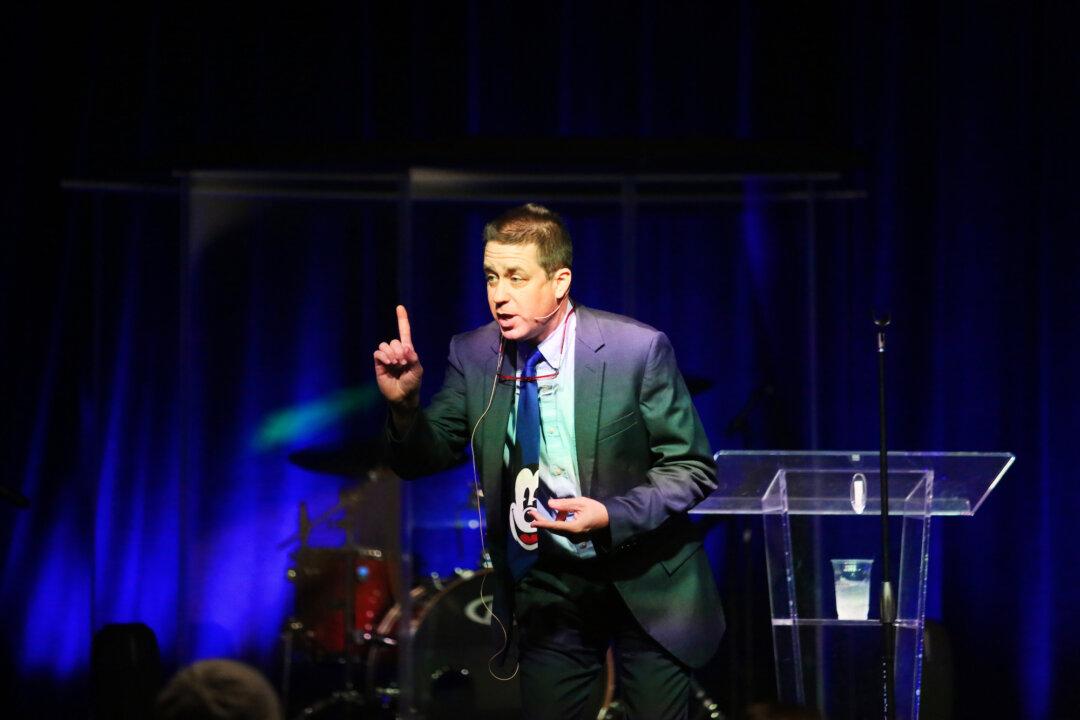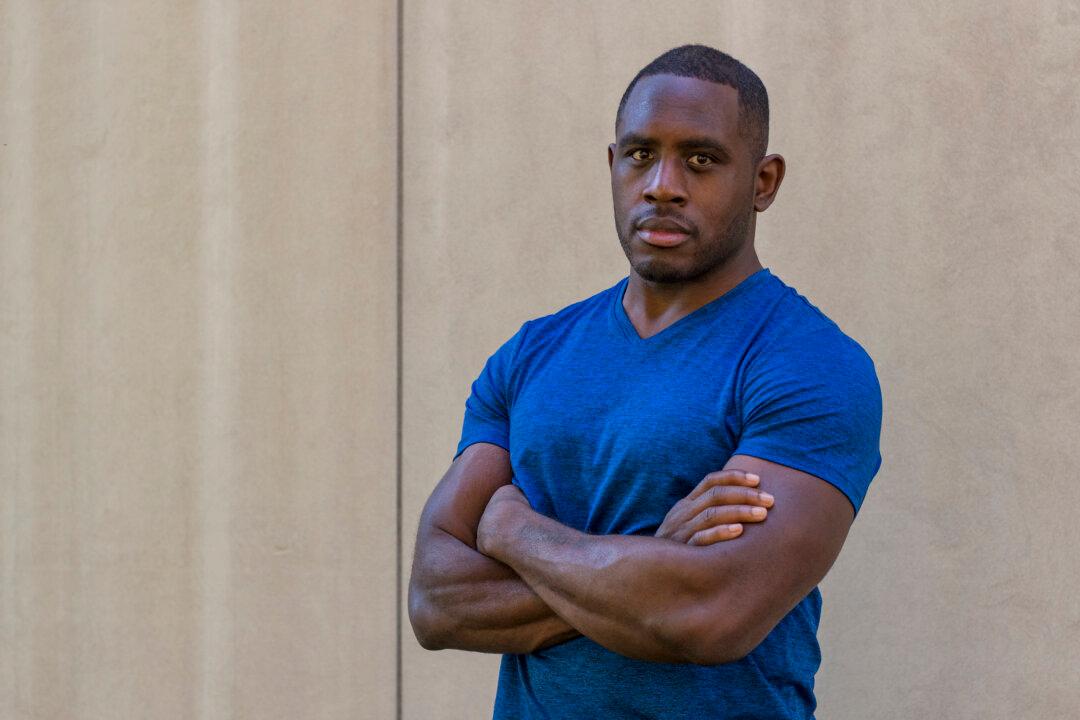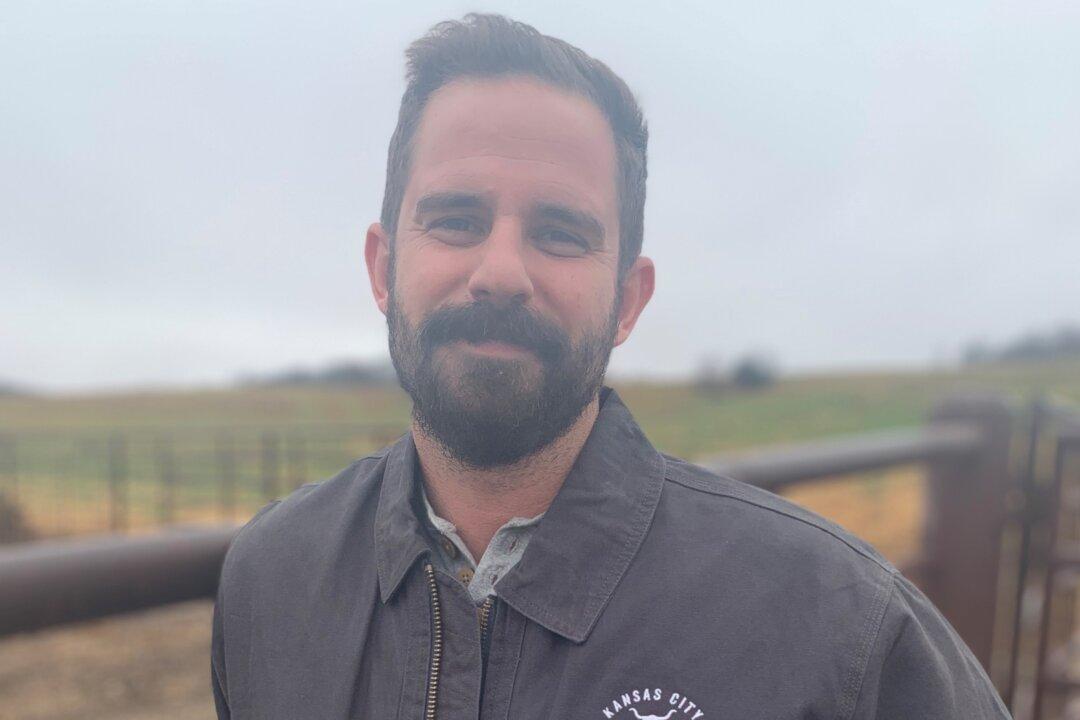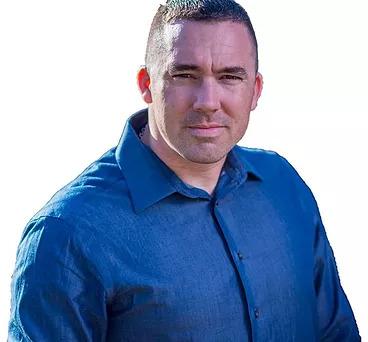There are roughly 500,000 children in the foster care system at any given time in the United States. Many of these children come from abusive, neglectful homes while others are simply abandoned. One man from Monticello, Georgia has had over 55 children live at his house, and has provided what every child needs most: Love.
Dr. John DeGarmo and his wife Dr. Kelly DeGarmo were living in her native Sydney, Australia when they experienced a parent’s worst nightmare. Twenty-three years ago their first child passed away from a medical condition called Anencephaly in which the child is born without a fully formed brain and skull. His wife was in labor for 92 hours, and the child tragically passed away.






